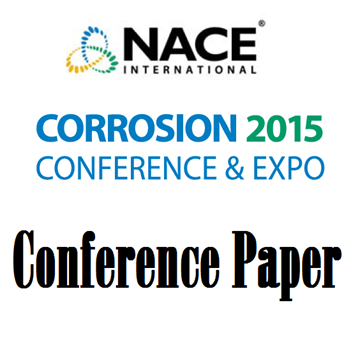Search
51315-6133-Accelerated Corrosion Study of Direct-Fixation Fasteners
Also Purchased
51315-6083-Don’t Just Blame the SRBs and APBs for MIC
Product Number:
51315-6083-SG
ISBN:
6083 2015 CP
Publication Date:
2015
$20.00
51315-6095-Corrosion of Carbon Steel in Biodiesel/Seawater Mixtures—A Study Related to the Corrosion of Fuel Storage Tanks in Ships
Product Number:
51315-6095-SG
ISBN:
6095 2015 CP
Publication Date:
2015
$0.00
51315-6122-Corrosion Assisted Fatigue of an Alloy 725 (UNS-N07725) Electric Discharge Machined (EDM) Rubber Cutting Blade
Product Number:
51315-6122-SG
ISBN:
6122 2015 CP
Publication Date:
2015
$0.00




